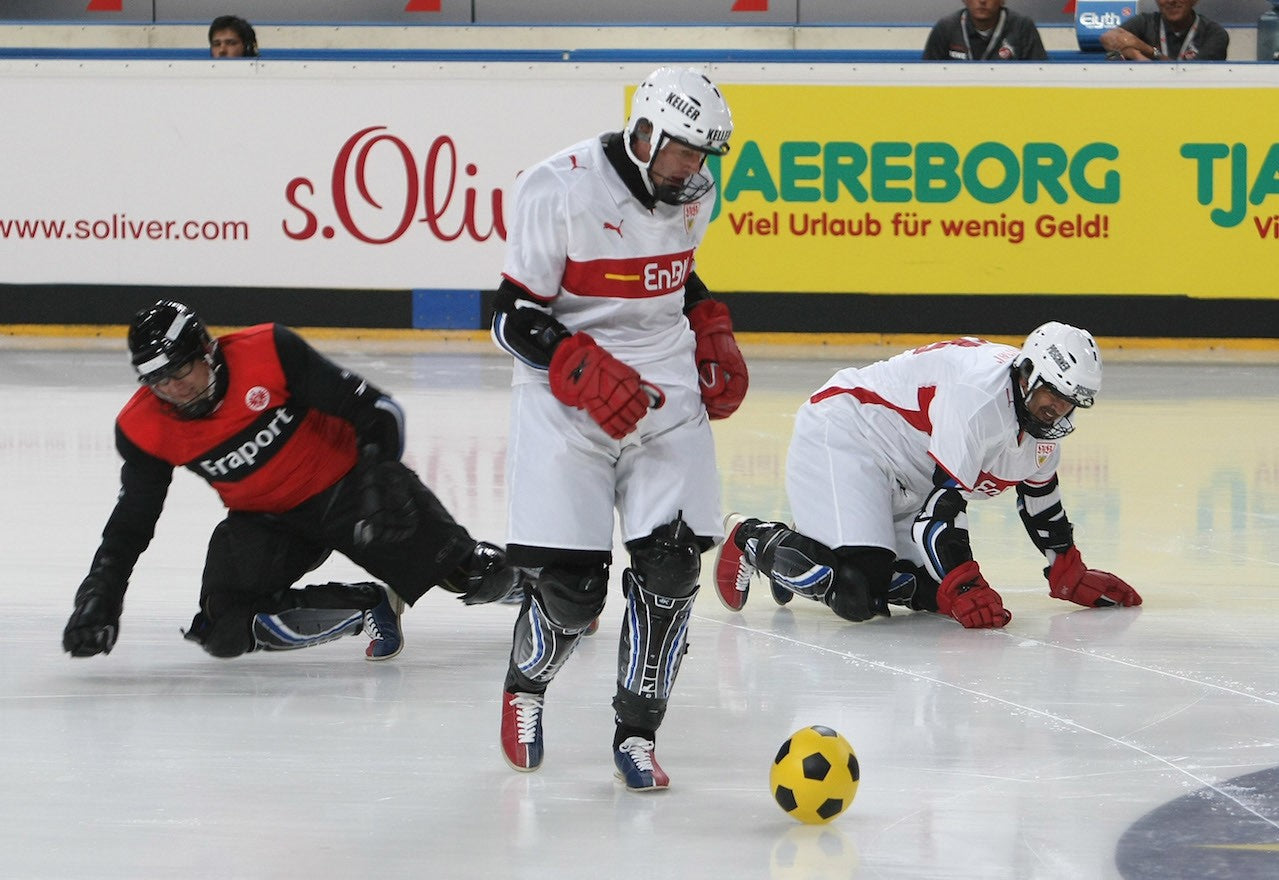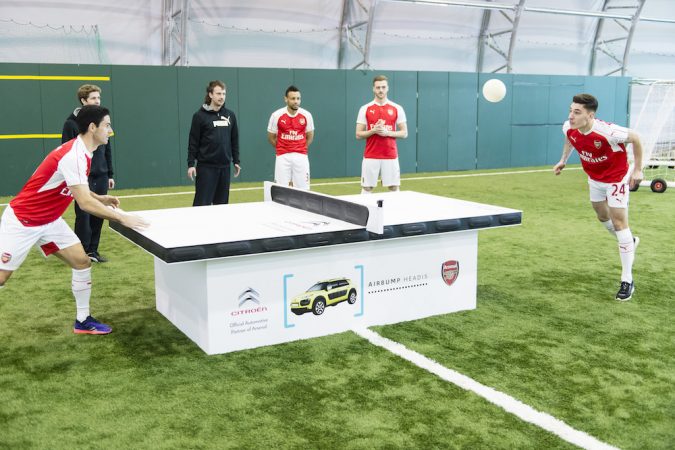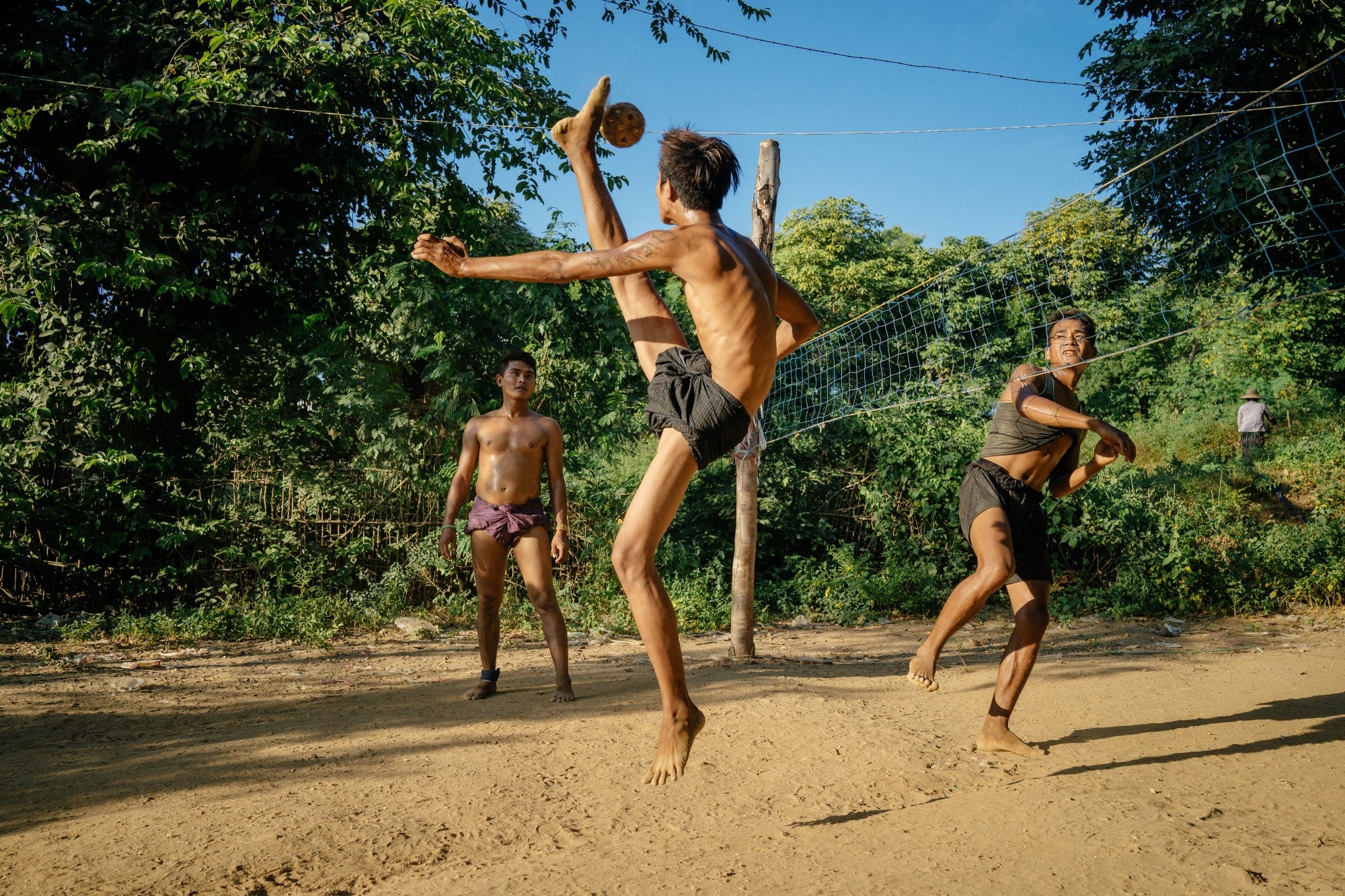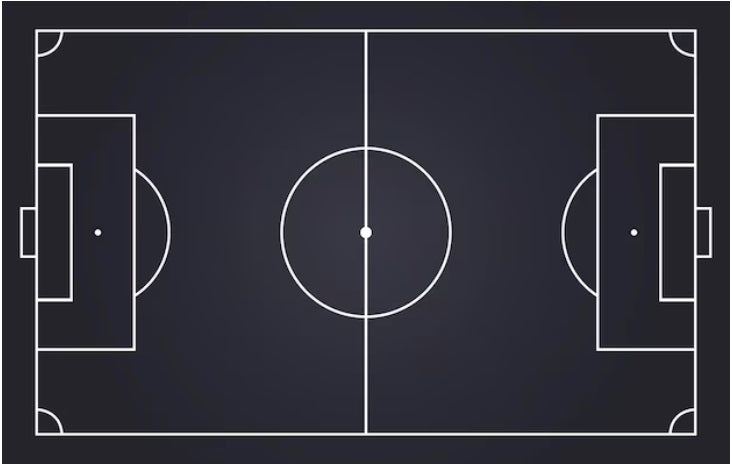CUJU the ancestor of football
Cuju, the ancestor of football
Football is a global sport, played all over the world and which brings together impressive crowds. It unites people, unleashes passions, arouses emotions, love, pride, tears and a lot of joy. Its origins are very distant. Even if the form we know today is of British origin, older ball games are ancestors of football.
JugglePro's vocation is to discover exotic or little-known sports played with the feet, so it is natural to start this adventure with CUJU, an ancient Chinese ball game considered by FIFA to be the ancestor of modern football.
The origins of Cuju蹴鞠
The earliest evidence of cuju – read Tsudju – dates back centuries before the Common Era. Etymologically, Cuju is a word from traditional Chinese; "Cu (蹴)" means "kick" and "Ju (鞠)" refers to a leather ball stuffed with feathers. The theme Cuju literally means "to kick the ball with the feet". It is said to have appeared during the Warring States period, a period extending from 476 to 221 BC. Originally, it served as a training sport for army troops, especially the cavalry. Other forms of Cuju were also found as a recreational sport in rich and noble cities such as Linzi. A few years later, with the advent of the Han Dynasty between 206 BC and 220 AD, Cuju left the circle of the military and the courts of the nobles to spread. It is increasingly formalized, as it is now governed by rules. The Han emperor Wu Di, who greatly appreciates Cuju, has a field built inside his palace exclusively designed to host matches.
The Cuju underwent improvements in the following years. The ball that was filled with feathers was replaced by a ball filled with air and the posts were now covered with nets.
It continued to flourish during the Song Dynasty (960 to 1279) and was now played by all classes of society. The game became formalized and developed. It became so popular that some players made a living from it.
Cuju declined during the Ming Dynasty (1368-1644) due to its bad reputation. Cuju began to be played by prostitutes to attract more customers. Also, some officials neglected their work to play Cuju, which led the founding emperor of the Ming Dynasty to ban the sport.
How to play Cuju?
After the 17th century, Cuju completely disappeared. It only reappeared in 2004 when, under the leadership of Sepp Blatter, then president of FIFA, it was recognized as the ancestor of football. Cuju can still be played in some provinces of China (notably Shandong), and even in schools. Competitions are organized during traditional festivals such as Qing Ming.
To play Cuju you will need a standard soccer ball or a leather soccer ball and a goal. For the goal, get a net and sticks and make a 2-foot diameter hole in the middle. You can also mount a child-sized hoop on two posts with tape 5 to 8 feet off the ground. Once the goal is ready, set it up in the middle of your field.
Create two teams to play Cuju in ZhuQiu mode (the most common game style during festivities and other ceremonies at the emperor's court). The goal of each team is to pass the ball through the center goal on their side of the court using any part of the body except their hands. Each time the ball passes through the goal, the team scores a point. Play with a set number of points or set a time limit. At the end of the game, the team with the most points wins.
You can also challenge yourself by playing Cuju according to the Baidi rules: each player takes turns trying to score a goal while showing off their skills. The player can touch the ball with any part of their body, except their hands. Get creative by taking inspiration from Manchester City star Bernardo Silva, who tries his hand at CUJU in the video below.


















